Train Your Dog Right: Choose The Right Dog Training Tools


As a dog owner, you want your furry friend to be well-behaved, obedient, and happy. And while there are many aspects of training, one of the most critical components is choosing the right tools.
From collars and leashes to treat pouches and clickers, the options are endless. But with so many options, it can be overwhelming to know which dog training tools are best for you and your dog.
That’s why we’ve put together this comprehensive guide on dog training tools. In this post, we’ll explore the basics of dog training, the different types of tools available, and how to choose the right tools for your individual dog.
So without further ado, let’s dive in!
The Foundation Of Effective Dog Training
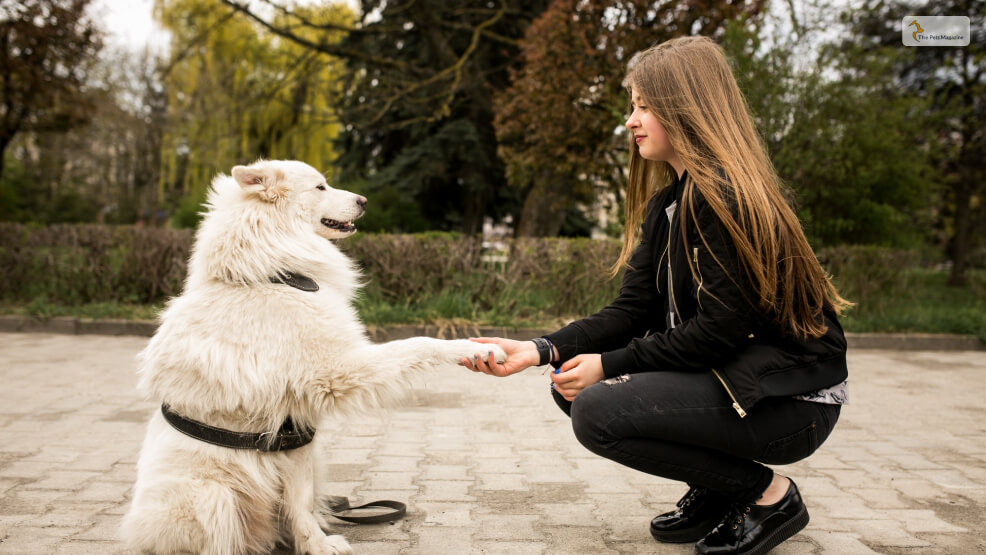
Dog training requires a combination of the right dog training tools and the right approach. The key to success is understanding your dog’s behavior and using positive reinforcement techniques to encourage desired behaviors.
To effectively train your dog, it’s important to understand its body language and behavior. Observing your dog’s actions, such as tail wagging, ear positioning, and eye contact can give you valuable insights into their emotional state.
Positive reinforcement is an essential element in dog training. By rewarding good behavior, such as with treats, praise, or playtime, you can encourage your dog to repeat desired actions and boost their confidence, trust, and obedience.
Whether you’re pursuing obedience training, behavior modification, or agility training, understanding your dog and using positive reinforcement techniques will set you and your furry friend on the path to success.
Choosing The Right Dog Training Tools
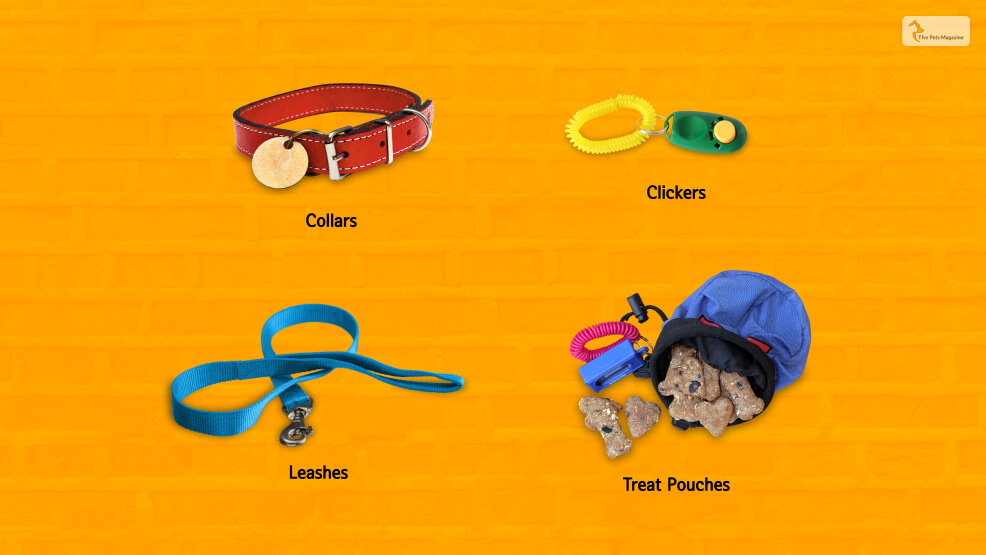
Whether you’re starting out or have been training your dog for years, selecting the right tools can make a big difference in your results. Here’s a look at some of the most common dog training tools and what you need to know about each.
A. Collars:
There are many types of collars available, from traditional buckle collars to more specialized training collars. Consider factors such as your dog’s size and temperament when choosing a collar, and always opt for a comfortable and secure fit.
B. Leashes:
Leashes come in various lengths, materials, and styles and can greatly impact your training efforts. Retractable leashes can be tempting, but a standard six-foot leash is usually best for training.
C. Treat Pouches:
Treat pouches allow you to carry treats and rewards on the go easily. Look for a pouch with enough room to hold all the treats you need and with an easily accessible drawstring opening.
D. Clickers:
Clickers are a popular training tool that can help you communicate clearly with your dog. Using a consistent sound can immediately reinforce desired behaviors and increase your dog’s understanding of what you expect.
Each of these tools has its own benefits and limitations, and the best choice will depend on your specific training goals and your dog’s unique needs. Consider working with a professional trainer to determine which dog training tools will be most effective for you and your dog.
Unleashing the Power of Personalized Training
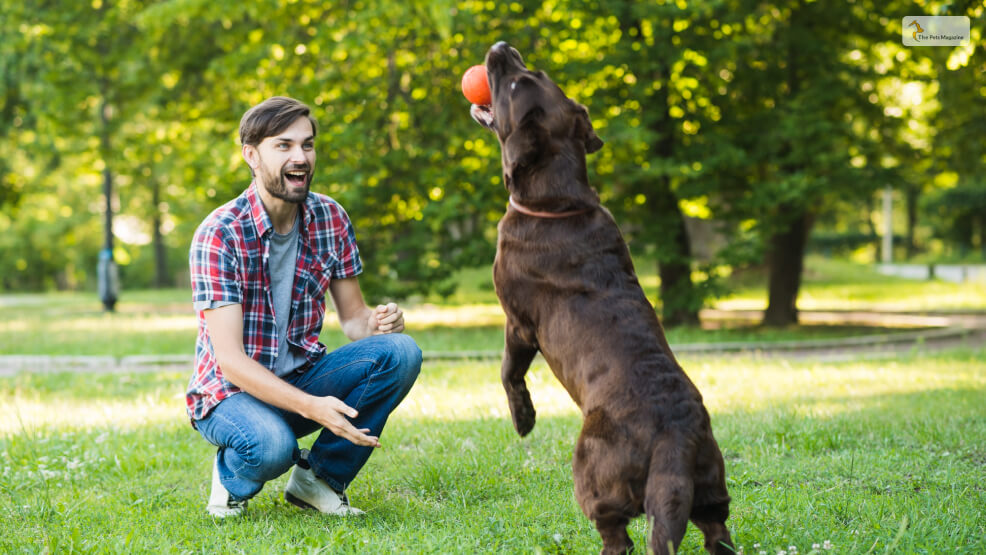
Not all dogs are created equal; the same goes for their training needs. Understanding your dog’s behavior and training goals is crucial in determining which dog training tools will be most effective. In this section, we’ll dive into how to determine the best training tools for your individual dogs.
1. Understanding Your Dog’s Unique Training Needs:
Before making any purchasing decisions, take the time to evaluate your dog’s behavior and training goals. Consider their breed, age, temperament, and specific behaviors you want to address. This will give you a better understanding of what tools and training methods will work best for your dog.
2. Making an Informed Decision:
With so many dog training tools on the market, it can be overwhelming to choose the right one. Do your research and read reviews from other pet owners. Consider factors such as comfort, durability, and ease of use when deciding.
3. Proper Use and Maintenance:
Once you’ve found the right tools for your dog, it’s important to use them properly. Follow the manufacturer’s instructions and never use any training tool in a way that could harm your pet. Regular cleaning and maintenance will ensure that your tools remain in good condition and continue to be effective in your training.
Tips for Effective Dog Training
Effective dog training requires patience, consistency, and positive reinforcement. Here are some tips to help you train your furry friend:
Positive Reinforcement
You should always use positive reinforcement instead of scolding or being harsh with your pet. Here are some positive reinforcement methods:
- Rewards: Use treats, praise, or toys to reward your dog for good behavior.
- Timing: Reward your dog immediately after they perform the desired action.
- Consistency: Ensure you consistently use the same rewards and timing.
Patience and Consistency
These are two crucial aspects that you need to keep in mind while training your dog.
- Be patient: Training takes time. Don’t get frustrated if your dog doesn’t understand immediately.
- Be consistent: Use the same commands and training methods consistently.
Short, Frequent Training Sessions
Remember how we used to get bored during all those long periods at school? Our dogs, especially puppies, also have short attention spans like us and can get bored during long training sessions.
- Keep it short: Short, frequent training sessions are more effective than long ones.
- Make it fun: Keep training sessions enjoyable for both you and your dog.
Clear and Simple Commands
Puppies dont understand complex words, so make sure to do the following if you want them to learn quickly:
- Use simple commands: Use clear and concise commands that your dog can easily understand.
- Be consistent: Use the same commands consistently.
Socialization
This is also another essential aspect that you need to pay attention to if you want your dog to grow up well-rounded.
- Expose your dog to different environments: Expose your dog to different people, places, and situations.
- Positive experiences: Ensure your dog has positive experiences during socialization.
Last but not least, if you’re struggling with training, consider consulting a professional dog trainer.
Wrapping it Up
At the end of the day, the goal of dog training is to strengthen the bond between you and your furry friend and to help your dog reach their full potential. By choosing the right dog training tools and using positive reinforcement methods, you’ll be well on your way to a successful training experience. We hope this post has been helpful and informative.
If you need more information about dog training, nutrients, toys, and everything related to your pooch, feel free to visit Helping Fido. We have created an online hub of dog-related information and guidance to help dog owners raise their furry companions with love and care. Thank you for reading, and don’t forget to Browse Helping Fido!






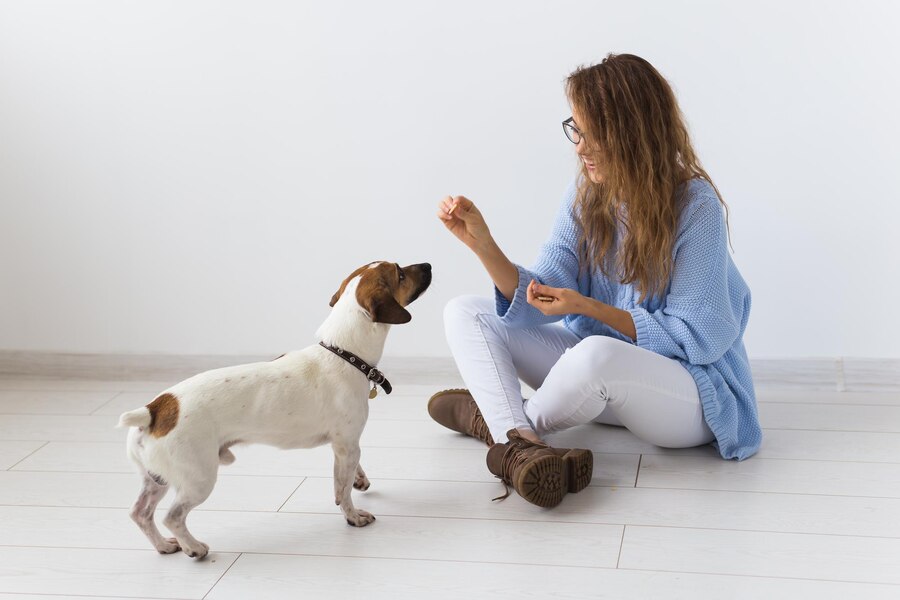
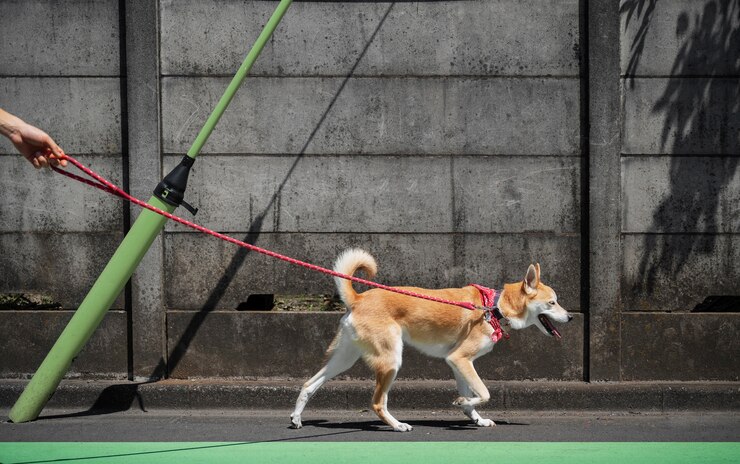
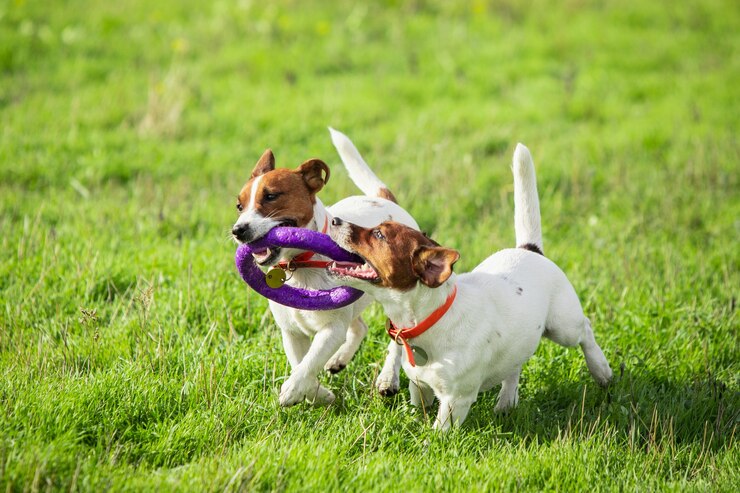
Leave A Comment